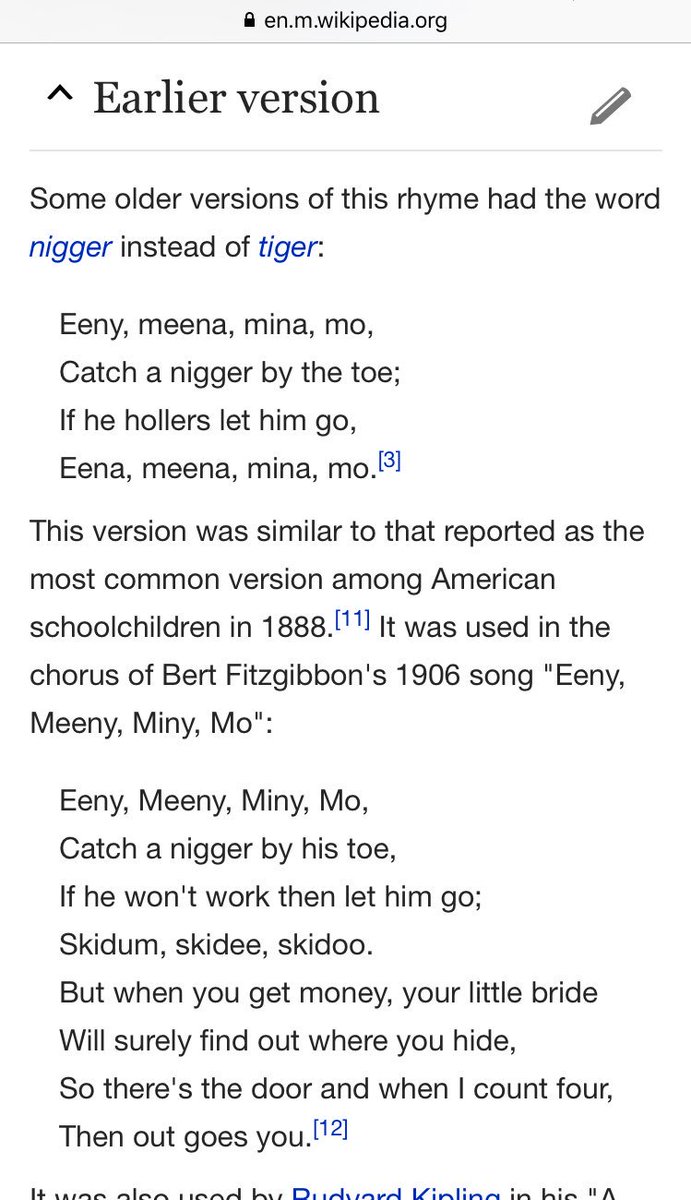

An example comes from the Danish region near Kattegat, where the Jack and Jill rhyme, which arrived during the British occupation in the Napoleonic wars, was repeated as:

Children appear to have no such concerns. This rhyme is still used with the 'N' word.Īs adults, we might be curious as to whether the words mean anything and what their origin might have been. There never was an accepted definitive version, so the children who used the rhyme were very happy to substitute their own words as the mood took them. What lies behind this variability is that throughout the 19th century the rhyme spread from different parts of the UK to every playground in the English-speaking world, but by word of mouth rather than on paper. Added to that, as far back as the 19th century there have been variants of the rhyme which are so dissimilar to our current version as to be scarcely recognisable - 'Hana, mana, mona, mike' (from New York) and 'Eetern, feetern, peeny, pump' (from Scotland) and many of these now have local variants and words added from other languages. I've opted for 'Eeny, meeny, miny, mo' but there are many others - 'Eenie, meenie, miney, moe', 'Eany, meany, miney, mo' and so on. Of all of the phrases and idioms in the English language 'eeny, meenie, miny, mo' must be the one with the widest variety of spellings. What's the origin of the phrase 'Eeny, meeny, miny, mo'? The first line of a popular children's counting rhyme. Betting and luck What's the meaning of the phrase 'Eeny, meeny, miny, mo'?.


 0 kommentar(er)
0 kommentar(er)
